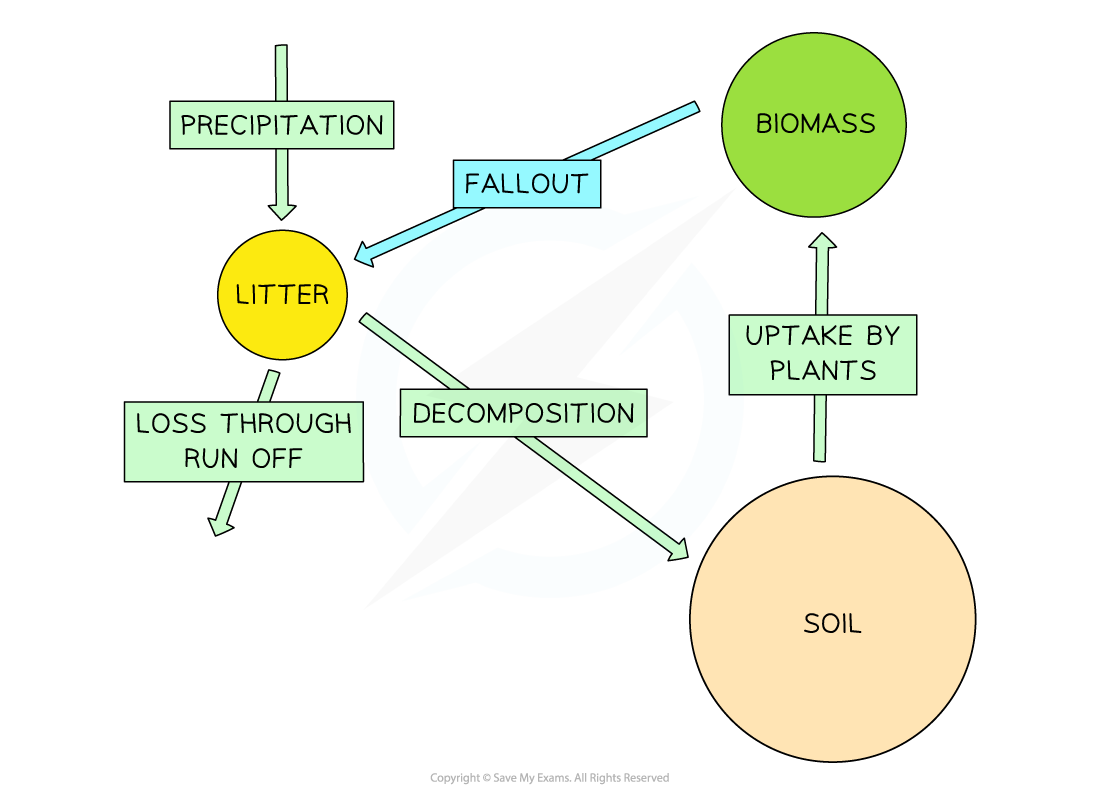Characteristics of Hot Desert

Distribution of hot desert climates
- Hot desert biomes are mostly found in a band around the Tropic of Cancer and Tropic of Capricorn
- Approximately 20% of the Earth's surface is covered by hot desert ecosystems including in the following areas:
- North America: The Mojave and Sonoran Deserts of the USA and Mexico
- South America: The Sechura Desert in Peru and the Atacama Desert in Chile
- Africa: The Sahara, Kalahari, Namib and Somali Deserts
- Middle East: The Arabian Desert
- Asia: The Dasht-e Lut in Iran, the Gobi, Turkestan, Thar and Taklamakan Deserts
- Oceania: The Australian Deserts such as the Simpson and Great Victorian deserts
Hot desert characteristics
Characteristics of Hot Desert Regions
| Characteristics | Hot Desert |
| Location |
|
| Annual Precipitation |
|
| Temperature Range |
|
| Seasons |
|
| Humidity |
|
| Soils |
|
| Biodiversity |
|

An example of a climate graph for a typical hot desert region
Factors influencing the hot desert climate
- High pressure all year which means the air is descending and warming so precipitation does not occur because the air is not rising
- Prevailing winds are often from over land masses which means they contain little moisture
- Some deserts are in a rain shadow so there is little rainfall
- Cold ocean currents on the west side of continents may reduce summer temperatures due to the cooling effect of the ocean
Influence of pressure systems
- Hot deserts form between 15°- 30° north and south of the equator as a result of the atmospheric pressure systems
- Air rises at the equator and when it reaches the upper atmosphere it moves north and south
- The air cools and starts to sink
- This creates a zone of high pressure at about 30° north and south of the equator
- Due to the sinking air, warm air cannot rise, condense and form clouds, resulting in high aridity

The atmospheric pressure system of hot desert biomes
Humans
- The edges of the desert are used for livestock herding
- Communities such as the Bedouin are nomadic
- Live in large open tents made from fabric woven from camel hair and vegetable fibres
- Food sources are mainly from the animals that the Bedouin herd - goats and cattle
- Headwear is worn to protect against the heat of the sun and sand
- Restrictions on movements due to international borders have affected the Bedouin lifestyle
- Many Bedouin are no longer nomadic and live in permanent settlements



